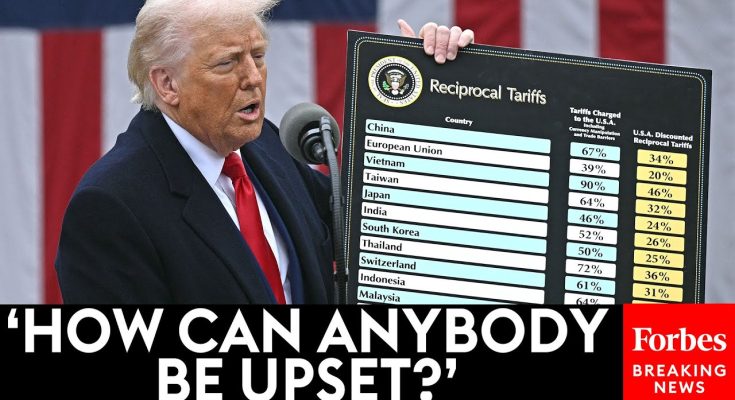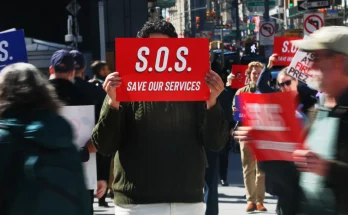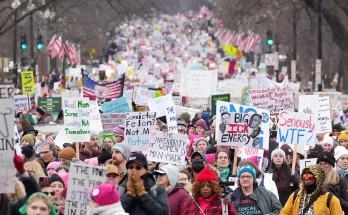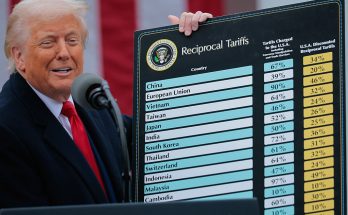In a bold move that has sent shockwaves throughout the global economy, President Trump recently announced the implementation of reciprocal tariffs at the highly anticipated ‘Liberation Day’ event. This groundbreaking decision has sparked a heated debate among experts and policymakers, as the implications of these tariffs are far-reaching and could potentially reshape the landscape of international trade. Let’s delve into the details of this momentous announcement and explore its significance.
The Implications of Reciprocal Tariffs
Reciprocal tariffs, also known as retaliatory tariffs, are a form of trade restriction imposed by a country in response to tariffs or other trade barriers imposed by another country. In essence, these tariffs are designed to level the playing field and address trade imbalances by mirroring the trade policies of the country in question. By unveiling these reciprocal tariffs, President Trump has signaled a clear message to the world that the United States will no longer tolerate unfair trade practices.
The implementation of reciprocal tariffs has sparked concerns among economists and business leaders, as they fear that a tit-for-tat trade war could escalate tensions and lead to a slowdown in global trade. However, supporters of these tariffs argue that they are necessary to protect domestic industries and ensure a more balanced and fair trading system. Only time will tell how these reciprocal tariffs will impact the global economy and whether they will achieve the desired outcomes.
The ‘Liberation Day’ Event: A Platform for Change
The ‘Liberation Day’ event, where President Trump unveiled the reciprocal tariffs, was a highly anticipated gathering of industry leaders, policymakers, and trade experts. The event served as a platform for the President to showcase his administration’s commitment to prioritizing American interests and holding trading partners accountable for unfair practices. The unveiling of the reciprocal tariffs at this event underscored the administration’s determination to put America first in all trade negotiations.
The atmosphere at the ‘Liberation Day’ event was electric, with attendees eagerly awaiting the President’s announcement. As President Trump took the stage to deliver his speech, the room fell silent, and all eyes were on him. The President’s speech was met with a mix of applause and apprehension, as the audience grappled with the potential implications of the reciprocal tariffs. The event marked a pivotal moment in the administration’s trade policy, signaling a new era of protectionism and economic nationalism.
The Road Ahead: Navigating Uncertain Waters
As the world grapples with the implications of President Trump’s reciprocal tariffs, one thing is clear: the global economy is entering a period of uncertainty and upheaval. Businesses and governments alike will need to adapt to this new reality and navigate the challenges that lie ahead. While the future remains uncertain, one thing is certain: the world is watching closely to see how these reciprocal tariffs will impact trade relations and shape the future of international trade.
In conclusion, President Trump’s unveiling of reciprocal tariffs at the ‘Liberation Day’ event has sparked a heated debate and raised important questions about the future of global trade. While the implications of these tariffs are still unfolding, one thing is certain: the world is entering a new era of trade relations, characterized by protectionism and economic nationalism. As businesses and governments adapt to this new reality, only time will tell how these reciprocal tariffs will reshape the international trade landscape.



